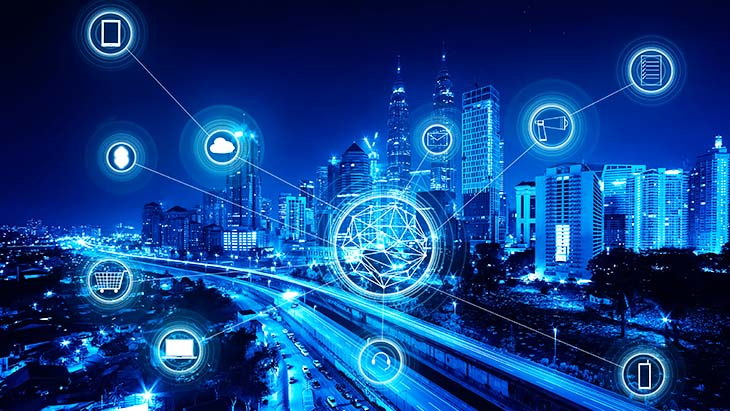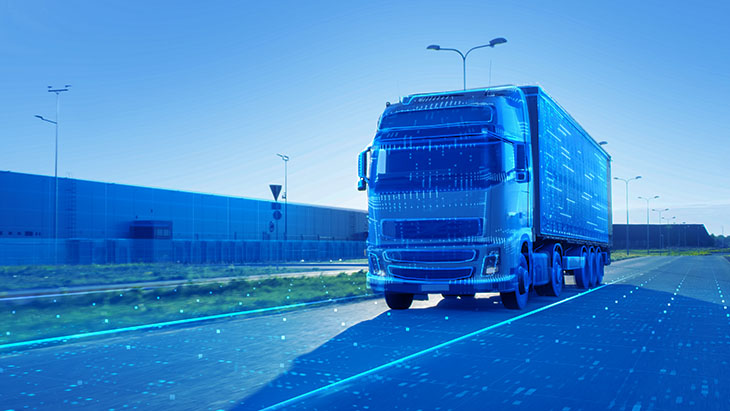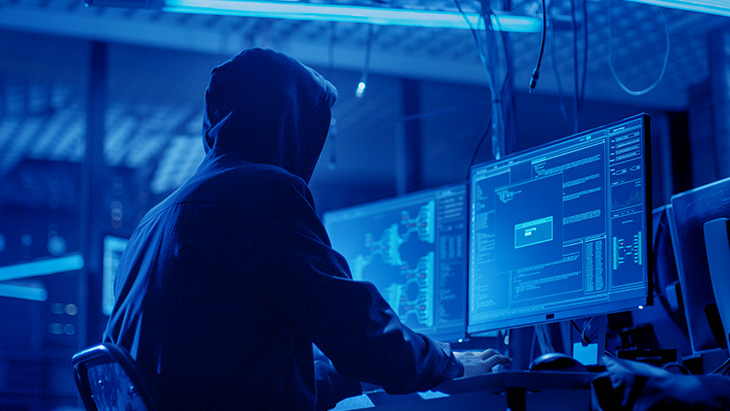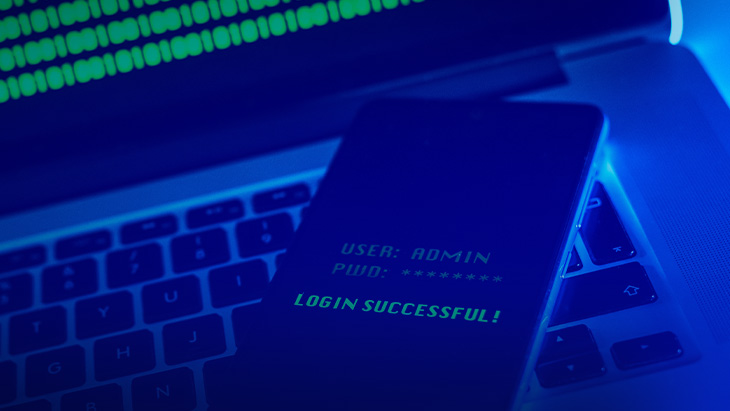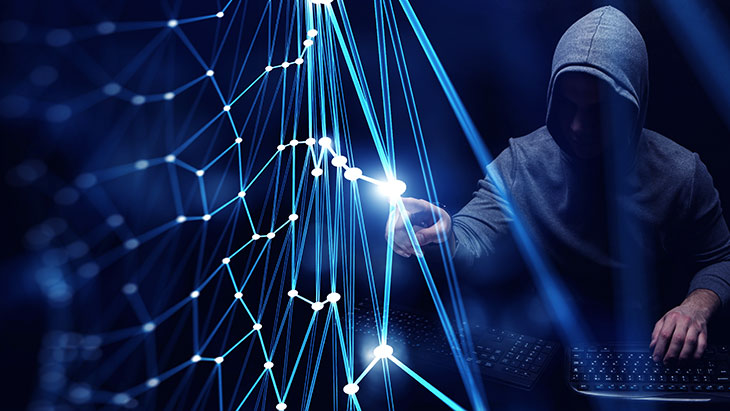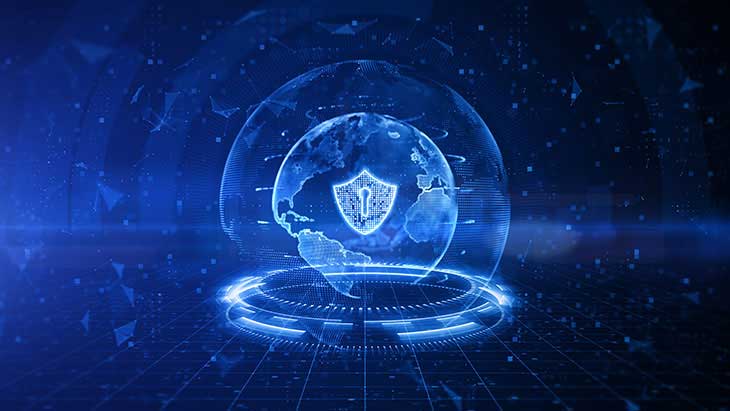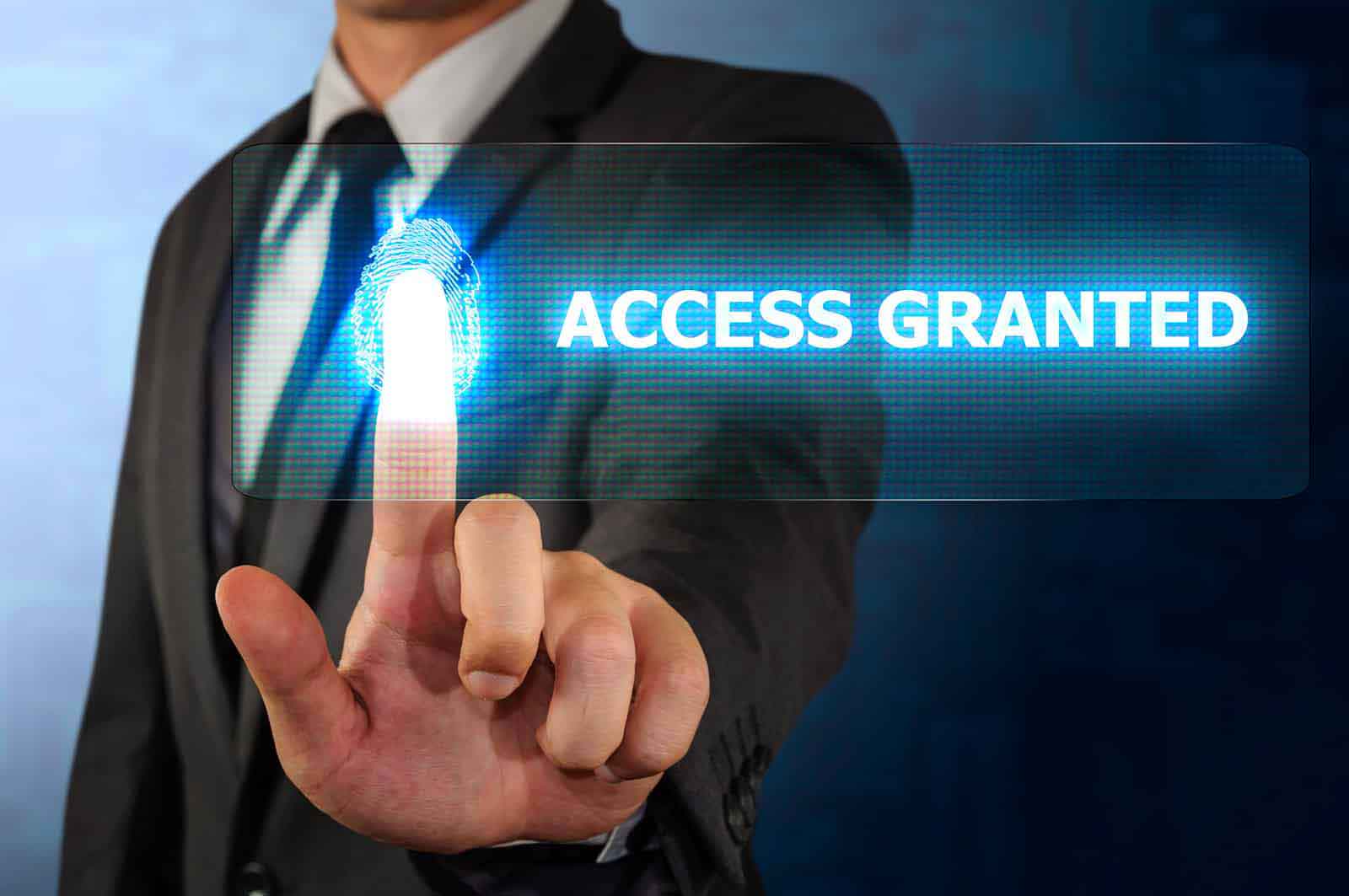
Cyber Threat Readiness in the Age of 5G
It is only a matter of time that the digital transformation which the whole business world witnessed in the 21st century and that has become an important part, will appear before users with a new step that has been developing rapidly in recent years. The frequently mentioned 5G technology is paving the way for a new age. This technology, which is known to increase the speed and bandwidth of mobile technology infrastructures and also strengthen the Internet of Things (IoT) networks, will be used in a different form in every field from companies to public institutions and from manufacturing facilities to our homes.
Incorporating a series of complex internet protocols and standard applications and offering a much faster wireless internet network compared to the previous versions, 5G technology allows users to perform operations with less latency. Offering 60 to 120 times less latency under optimal conditions with respect to 4G technology, 5G is also expected to strengthen VR and autonomous vehicle connections.
On the other hand, resulting from a significant evolution of the wireless internet connection, 5G also brings with it significant cyber threats and cyber risks for institutions. Incorporating more backdoor applications and therefore more vulnerabilities compared to past mobile network technologies, 5G is likely to cause data security problems that should strictly be inspected in terms of cybersecurity.
At this point, institutions must enable a series of access security measures to ensure readiness against cyber threats in the age of 5G to protect their data stacks. Such readiness requires you to thoroughly analyze the areas of cyber threats caused by the 5G technology and be aware of what you are taking measures against.
Cyber Risks Caused by the 5G Technology
The main cybersecurity and access security risks to be faced by institutions with the use of 5G technology in the business world can be grouped under three main headings. The study titled “Potential Threat Vectors to 5G Infrastructure”, prepared jointly by the US Cybersecurity & Infrastructure Security Agency, the National Security Agency and the Office of the Director of National Intelligence examines the data security risks caused by 5G under the headings of “Policy and Standards”, “Supply Chain” and “5G System Architecture”:
Policy and Standards
The fact that the fields of application and the standards of the 5G technology are very new can cause different data breaches. First of all, the policies regarding 5G, which will build the communication infrastructure of the future, need to be established based on transparency and consensus at an international level. Hence, the 5G policies should incorporate a complete implementation of cybersecurity protocols.
This is because when an institution configures basic security protocols and authorized account controls as optional, it intentionally or unintentionally takes the risk of having more vulnerable networks to reduce costs. And this may give rise to data security problems. You should note that trying to reduce costs by avoiding access security protocols in the relevant stage can lead to much larger financial problems in the future.
Supply Chain
The supply chain is one of the areas that is most frequently exposed to cyber threats in the age of 5G. The advanced speed, the great coverage area and the remarkable bandwidth of the 5G technology is very valuable for cyber attackers. The activities of threat actors such as sabotage, manipulation, data intervention and spying can lead to a surge in data and intellectual property theft incidents on supply chains in direct relation with the technical infrastructure of 5G.
Moreover, the probability of external intervention to the supply chain increases as billions of electronic devices switch to 5G technology. In particular, companies with a significant international market share in telecommunication networks increase this risk due to their insufficiently secured infrastructures and the supply chain attacks that they face. Institutions that purchase 5G equipment from companies under data security threat during supply chain attacks may therefore have to deal with the problem of data interception in the future.
5G System Architecture
The 5G system architecture is one of the leading starting points of cyber threats in the new age. Using more ICT (Information and Communication Technologies) components than the previous generations of wireless networks, 5G may facilitate the intrusion of malicious actors into internal networks. Also, as 5G enhances the IoT infrastructure, the number of devices connected to the network can be expected to increase and such increase can be expected to lead to vulnerabilities by causing complexities in the 5G architecture.
It is clear that the 5G system architecture and the other two headings will lead to data breaches in the near future as a result of various attacks particularly in the fields of authorized accounts and privileged access. For this very reason, benefiting from Privileged Access Management solutions has become much more important in the age of 5G to ensure authorized access account security.
Privileged Access Management (PAM)
Privileged Access Management (PAM), thanks to its modular structure, protects your corporate data against cyber threats in the best way in the age of 5G. The Privileged Session Manager, one of the modules of PAM that aims to protect data based on the principle of restricting authorized account access, permits only authorized users to work in all the operations on the network with its dynamic solution.
The Dynamic Password Controller verifies the authorized sessions and uses its password vault function to prevent passwords from being stolen by malicious persons. The concerned module that stores the passwords of the authorized users minimizes the probability of external intervention to the supply chain.
Two-Factor Authentication (2FA) allows authenticating and confirming authorized accounts by requesting location and time information. Preventing intrusion to internal networks with its real-time control feature, 2FA is one of the most important tools to prevent cyber threats in the age of 5G.
Data Masking and Database Access Management are very effective in preventing breaches that may be caused by the 5G system architecture. Logging all the operations performed by the database managers in the enterprise networks, the module both checks the authorized accounts that can access the database and can easily identify unauthorized attempts as it logs everything.
As Kron we will keep protecting you against cyber threats in the new age. We protect your corporate data with our end-to-end Privileged Access Management platform Single Connect by inspecting authorized account accesses and help you check all the operations performed on the network. Hence our PAM solution Single Connect managed to prove its competence in this field by being featured in the Gartner Magic Quadrant for PAM report that includes leading global PAM providers.
If you seek protection against the potential threats of the 5G world, you can ensure access security for authorized accounts using our Single Connect platform.
Please contact us for more information about Single Connect. You can also access more content about cybersecurity by visiting the Kron Blog.


